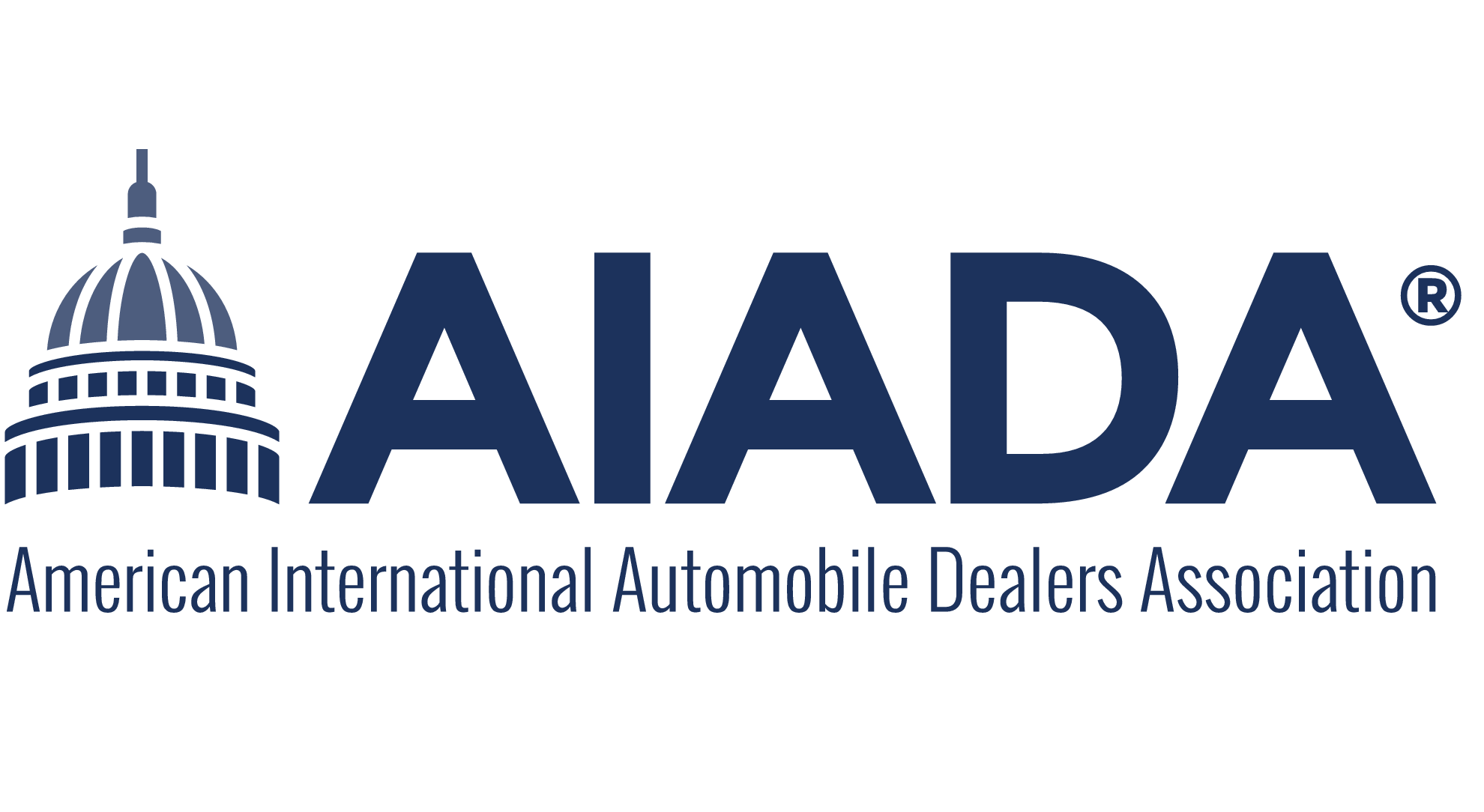Chairman’s Blog: Brownlee Speaks Out
New EPA Ruling on EVs Ignores Consumers
AIADA Chairman Anthony Brownlee is back with a new blog post. As a dealer, I’ve long understood one of the most basic tenets to running a successful retail operation: Listen to your customers! You may have opinions about what is reasonable for them to expect, and what is fair for them to pay, but at the end of the day you need to meet their needs or risk watching them walk out the door. Pretty straightforward, right? Apparently not for the U.S. government, which for years has attempted to force manufacturers into building, and consumers into buying, electric vehicles. Up until now the government hasn’t listened to American citizens, and dealers, who share valid concerns about the range and price of these vehicles, as well as the nation’s splintered EV charging infrastructure. Even as consumer demand for hybrids has grown, the White House and the EPA have instead focused on pushing sales of all-electric vehicles. Last year’s aggressive new tailpipe emissions proposal would have required as much as 67 percent of all new vehicles sold in the U.S. by 2033 to be all-electric. Currently, EV make up just 7.6 percent of total U.S. new vehicle sales. Click here for the full blog post.
Biden Administration Announces Rules Aimed at Phasing Out Gas Cars
The Biden administration issued one of the most significant climate regulations in the nation’s history, a rule designed to ensure that most new passenger cars and light trucks sold in the United States are all-electric or hybrids by 2032. Nearly three years in the making, the new tailpipe pollution limits from the Environmental Protection Agency would transform the American automobile market. According to The New York Times, a record 1.2 million electric vehicles rolled off dealers’ lots last year, but they made up just 7.6 percent of total U.S. car sales, far from the 56 percent target under the new regulation. An additional 16 percent of new cars sold would be hybrids. Cars and other forms of transportation are, together, the largest single source of carbon emissions generated by the United States, pollution that is driving climate change and that helped to make 2023 the hottest year in recorded history. Electric vehicles are central to President Biden’s strategy to confront global warming, which calls for cutting the nation’s emissions in half by the end of this decade. But EVs have also become politicized and are becoming an issue in the 2024 presidential campaign. Click here for the full story.
Automakers Lose About $6,000 on Every EV They Sell
Electric vehicle intenders want 20-minute charging times, a 350-mile driving range and to pay $50,000 for a car, according to a Boston Consulting Group study. According to Automotive News, only one EV on the market — the Hyundai Ioniq 6 SE RWD Long Range model — meets those thresholds. Automakers are losing thousands of dollars on every electric vehicle they sell, and for the most part not meeting consumer expectations for the vehicles, according to Boston Consulting Group. The group estimates that most automakers lose about $6,000 on each EV they sell for $50,000, after accounting for customer tax credits. "If [original equipment manufacturers] can't make money in this next generation [of EVs] … something's going to have to change," said Andrew Loh, a senior partner on Boston Consulting Group's automotive leadership team. Whether automakers have the "stomach" to keep investing "until they get to the level of scale and efficiency where they can actually turn a profit" is a question, Loh said. Automakers differ in their approaches to EVs, but most have felt the punch of slowing sales growth. Click here for the full story.
2025 Mercedes-Benz GLC-Class Gains PHEV Model
Joining the recently redesigned regular Mercedes-Benz GLC-Class and its fastback counterpart will soon be a plug-in hybrid variant. The powertrain option has been absent since the compact luxury SUV was redesigned. Called the 2025 GLC 350e (like its predecessor), the new hybrid offers similar power, but likely much improved range, reports Autoblog. The basics sound familiar, with the GLC 350e combining a turbocharged 2.0-liter four-cylinder and an electric motor, with the latter making 134 horsepower and 325 pound-feet of torque on its own. Combined output is also similar at 313 horsepower (down just 2 from before), but significantly less combined torque at 406 pound-feet (from 516). That its 0-60 mph time is now 6.6 seconds rather than 5.6 may be related to that change. All-wheel drive is standard. The GLC 350e will be offered in three versions, the standard trim, Exclusive and Pinnacle. The standard features list is extensive including a 12.3-inch instrument screen, 11.9-inch infotainment screen, navigation, wireless Apple CarPlay and Android Auto, wireless phone charging, heated seats, dual-zone automatic climate control, ambient lighting, parking sensors and power hatch. On the safety front it has automatic emergency braking, blind-spot warning and automatic lights. Click here for the full story.
Smartphones Become Automated Vehicle Inspection Systems
In 1999, when the internet was young, Firas Makhouf worked for a technology company that sent him to upstate New York to set up a digital system at Driver’s Village, a mega-dealership. The intended few weeks’ stint turned into a permanent relocation when he took a job at the multi-franchise store in Cicero, near Syracuse. He’s still working there 25 years later. “It’s an amazing, forward-thinking organization,” Makhouf tells WardsAuto. Driver’s Village ads urge prospective vehicle sellers to visit its website. They are then versed on how to use ClearCar Price and ClearCar Capture, digital tools provided by Buffalo, NY-based ACV Auctions and developed by technology provider MONK. ClearCar Price provides consumers a data-driven value estimate for their vehicles. With ClearCar Capture, consumers take and submit photos of their vehicles for documentation of condition through AI imaging. It digitally detects exterior damage and irregularities. It’s like a hand-held automated inspection system. “We’ve taken our inspection platform that’s used on the wholesale side and made a lighter, simpler version for a mobile phone,” ACV Chief Operating Officer Vikas Mehta tells WardsAuto. Click here for the full story.
Around the Web
Car Buyers Rejoice as Ease of Purchase Sets New Record [CBT News]
VW to Develop Level 4 Autonomous ID.Buzz for Regular Production By 2026 [Carscoops]
2024 Mercedes-Benz S-Class Diesel: Still Excellent [Car and Driver]
Roads That Charge While You Drive: Can This Fuel a Future for EVs? [The Wall Street Journal

